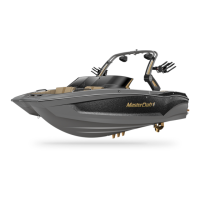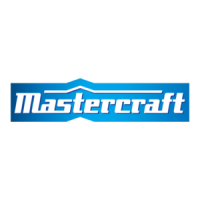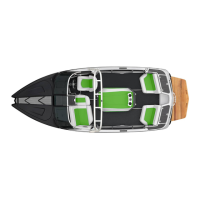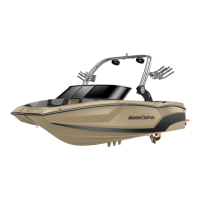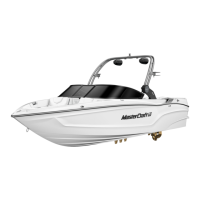2023 OWNER’S MANUAL
/
418
In most states, trailers with a Gross Vehicle Weight Rating
(GVWR) of 1,500 lbs. or more are required to have brakes on
all wheels. (Auto manufacturers recommend brakes even with
lighter trailers.)
Trailer brakes must be maintained in good working condition
at all times. Have the brake system inspected by an authorized
MasterCraft dealer or service facility on a regular basis and
verify proper fluid level in the actuator. The loss of adequate
braking could result in serious injury or death and/or property
damage.
The trailer is equipped with a hydraulic brake actuator.
Trailer brakes will automatically apply whenever the tow
vehicle’s brakes are applied. Stopping (deceleration) force is
developed in direct proportion to the stopping force generated
by the tow vehicle.
The breakaway system actuators will apply the trailer brakes if
the trailer becomes completely detached from the tow vehicle
while under power. Failure to properly connect the breakaway
system prior to towing may result in serious injury or death
and/or property damage.
BRAKING SYSTEM
Disc brakes oer several advantages over drum brakes. Disc
brakes have improved resistance to fade on downhill grades.
They are self-adjusting, so as the pads wear, braking eciency
is not reduced. This type of brake recovers quickly after being
submerged. They also require less maintenance, are easier to
flush out, and are less susceptible to water-induced corrosion.
MasterCraft uses two kinds of brakes. Surge brakes are standard
and are designed to energize automatically when the tow vehicle’s
brakes are applied. Electric over hydraulic trailer breaks operate
by electronically alerting the trailer breaks when the tow vehicle
breaks have been activated.
NOTE: Some jurisdictions do not allow surge brakes. Always check
within the locality in which you will be towing.
NOTE: For information regarding optional electric over hydraulic
brakes, consult the HydraStar Trailer Braking Systems manual
included in your owner’s packet.
Surge Brakes: When the vehicle slows down or stops, the forward
momentum (surge) of the trailer against the hitch ball develops
hydraulic pressure in a master cylinder inside the trailer brake
actuator. Hydraulic lines are used to transfer pressure to the
brakes and engage them.
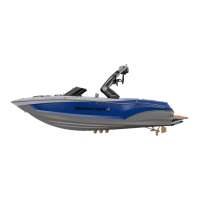
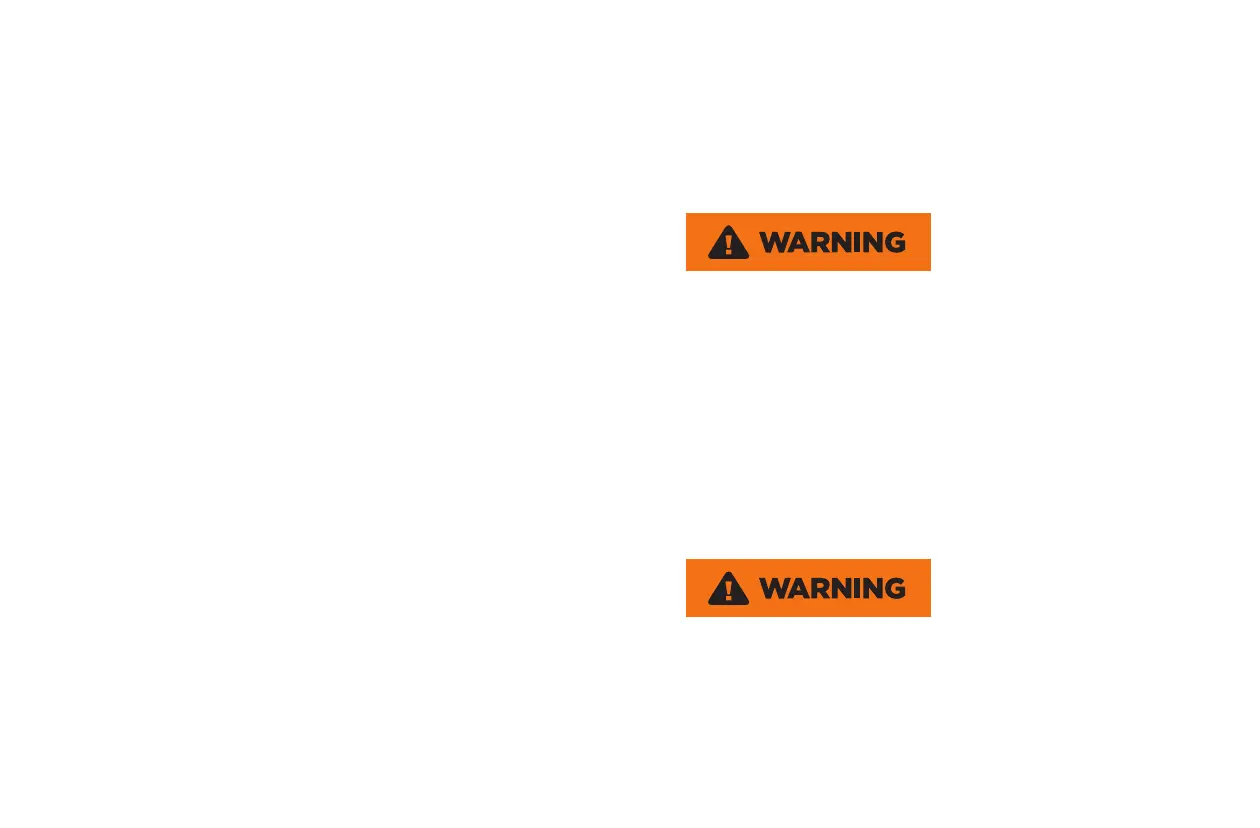